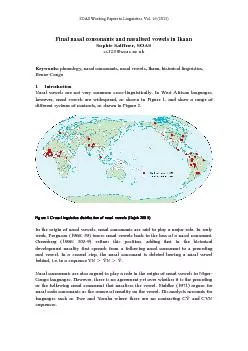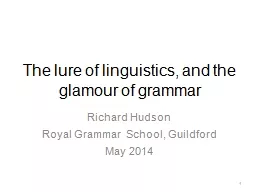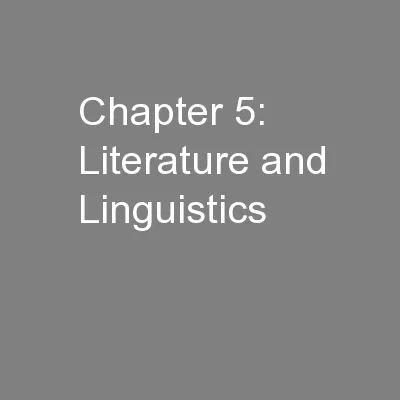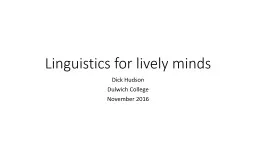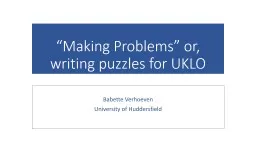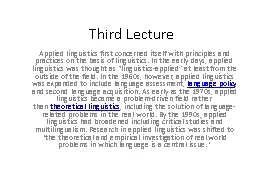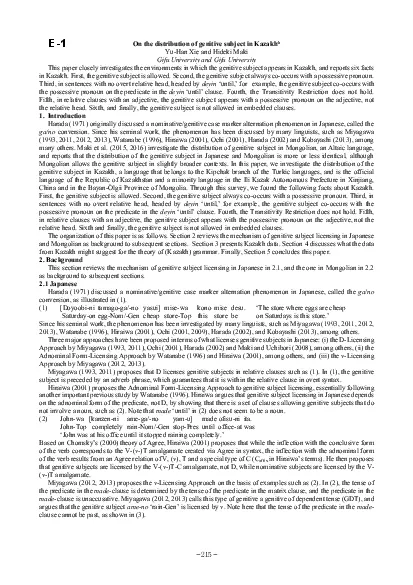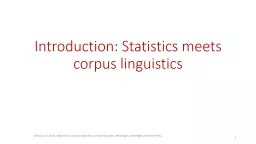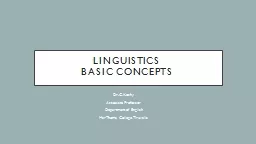PDF-SOAS Working Papers in Linguistics, Vol. 16 (2013)
Author : debby-jeon | Published Date : 2015-09-11
Final nasal consonants and nasalised vowels in Ikaan Sophie Salffner SOAS ss123soasacuk Keywords phonology nasal consonants nasal vowels Ikaan historical linguistics
Presentation Embed Code
Download Presentation
Download Presentation The PPT/PDF document "SOAS Working Papers in Linguistics, Vol...." is the property of its rightful owner. Permission is granted to download and print the materials on this website for personal, non-commercial use only, and to display it on your personal computer provided you do not modify the materials and that you retain all copyright notices contained in the materials. By downloading content from our website, you accept the terms of this agreement.
SOAS Working Papers in Linguistics, Vol. 16 (2013): Transcript
Download Rules Of Document
"SOAS Working Papers in Linguistics, Vol. 16 (2013)"The content belongs to its owner. You may download and print it for personal use, without modification, and keep all copyright notices. By downloading, you agree to these terms.
Related Documents

